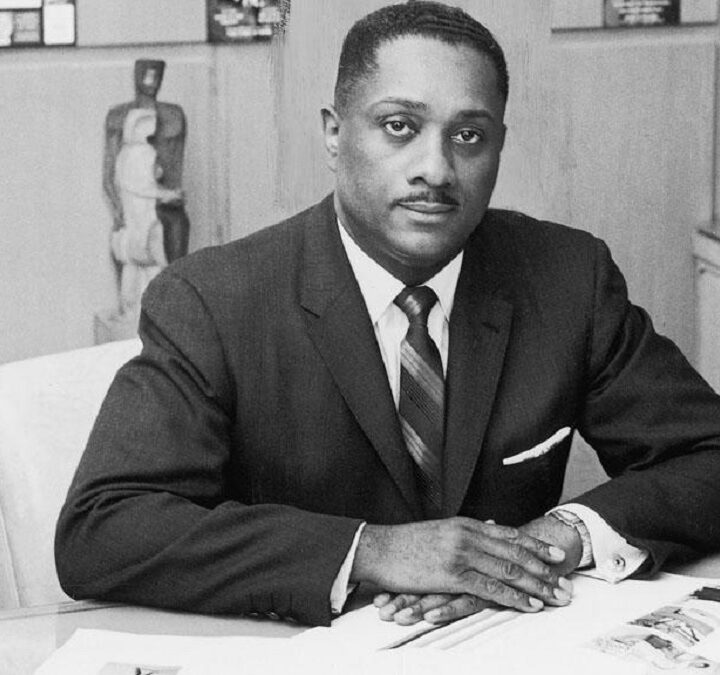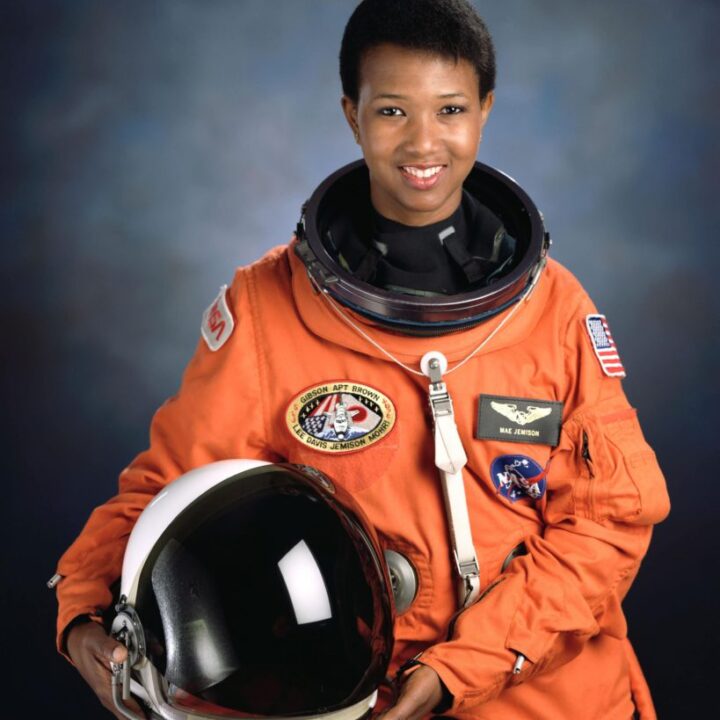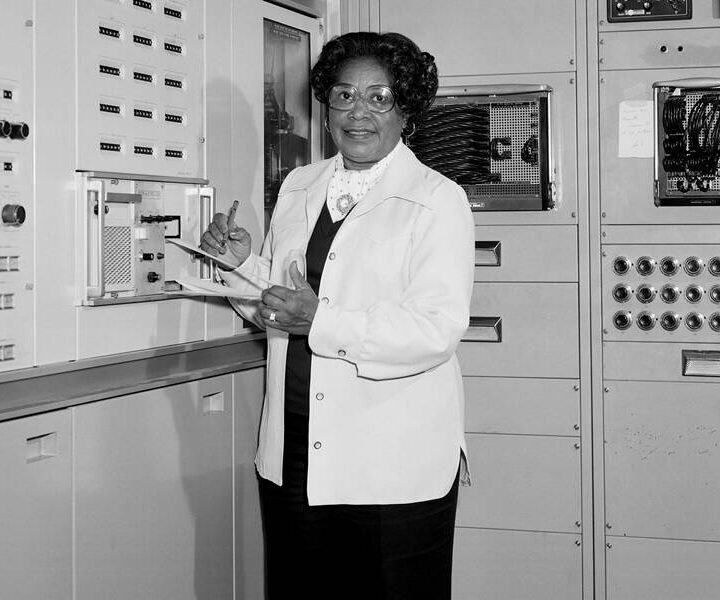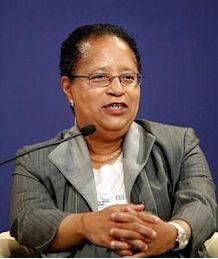As part of Black History Month, we wanted to take the time to recognise the important contributions people of colour (POC) have made to science, technology, engineering, and mathematics (STEM) fields.
The history of STEM has often been criticised for being “white-washed.” This means that it has been presented in a way that predominantly highlights the contributions of white people while downplaying the contributions of people of colour.
In reality, STEM research and innovation have been shaped by a diverse range of individuals from various racial and ethnic backgrounds. Unfortunately, due to historical biases, systemic inequalities, and limited representation in the past, many of these contributions have not received the recognition they deserve.
In this blog, we will highlight and celebrate 5 exceptional individuals whose creativity, skills, and determination have been crucial in advancing the STEM fields.

Dr. John H. Johnson
Dr. Johnson was a computer scientist and entrepreneur who made significant contributions to the field of computing and technology.
Dr. Johnson co-founded Tandem Computers in 1974 with James Treybig. Tandem Computers was a pioneer in fault-tolerant computing, which ensures systems operate even when there are hardware or software faults. The company’s technology was critical in industries such as finance and telecommunications.
John H. Johnson’s groundbreaking work in fault-tolerant computing, his entrepreneurial spirit, and his commitment to diversity and mentorship have left a lasting impact on the technology industry. He is a role model for aspiring technologists and entrepreneurs, especially those from underrepresented backgrounds.

Dr. Mae Jemison
Dr. Jemison is a physician, engineer, and astronaut who made history as the first African-American woman to travel in space.
In 1987, Mae Jemison was selected by NASA to be one of the agency’s astronauts. On September 12, 1992, she made history by becoming the first African-American woman in space as a mission specialist on the Space Shuttle Endeavour (STS-47).
During her time at NASA, Dr. Jemison conducted scientific experiments in space, including research on bone cells and motion sickness. Her mission helped pave the way for greater diversity in the space programme.
Mae Jemison’s groundbreaking journey as an astronaut and her ongoing commitment to promoting STEM education, diversity, and inclusion have inspired countless individuals, especially young girls and people of colour, to pursue careers in science and space exploration.

Mary Jackson
Mary Winston Jackson was a pioneering African-American mathematician and aerospace engineer who made history as the first black woman to work for NASA.
She started as a research mathematician and, over time, transitioned into an aerospace engineer. Her work primarily focused on aerodynamics and airflow, where she conducted experiments in the Supersonic Pressure Tunnel. Her contributions were vital to the success of numerous NASA projects.
Mary Jackson retired from NASA in 1985 and used her retirement to promote education and opportunities in STEM. She passed away on February 11, 2005, but her legacy lives on through her pioneering work and her dedication to breaking barriers for women and people of colour in the aerospace industry.
Mary Jackson’s life and career are an inspiring example of determination, perseverance, and the ability to overcome systemic barriers. She played a crucial role in advancing American aerospace technology while paving the way for future generations of women and people of colour in STEM fields.

Dr. Mark Dean
Dr. Dean is a computer engineer and inventor who played a crucial role in the development of personal computers.
Mark Dean is best known for his role as a co-inventor of the IBM Personal Computer (PC). He led the team that developed the ISA bus (Industry Standard Architecture), a critical component that allowed different hardware components to be connected to the PC. This innovation standardised the architecture for personal computers and made it easier for third-party manufacturers to create compatible hardware.
Mark Dean’s groundbreaking work in computer technology, particularly in the development of the IBM PC, has had a profound and lasting impact on the computing industry. His commitment to diversity and his dedication to mentoring the next generation of engineers continue to inspire and pave the way for future innovators.

Dr. Shirley Ann Jackson
Dr. Jackson is a renowned physicist and engineer who has made significant contributions to both scientific research and education. In 1973, Shirley Ann Jackson became the first African-American woman to earn a PHD from MIT. Her dissertation research explored the theory of “nuclear charge density,” an important concept in nuclear physics.
Dr. Jackson conducted groundbreaking research that focused on condensed matter physics, particularly the behaviour of electrons in semiconductors, layered systems, and complex materials. Her work had practical applications in telecommunications and computing.
Shirley Ann Jackson’s work in theoretical physics, her leadership in scientific research institutions, and her dedication to advancing STEM education have had a lasting impact on the field of science and the representation of women and minorities in STEM careers. She continues to be a role model and advocate for diversity and inclusion in the sciences.
Conclusion
Dr. John H. Johnson, Dr. Mae Jemison, Mary Jackson, Dr. Mark Dean and Dr. Shirley Ann Jackson are just 5 of the hundreds of thousands of exceptional people of colour who have used their creativity, skills, and determination to help advance the STEM fields.
It is our hope that this celebration of their legacy inspires continued recognition, support, and opportunities for underrepresented voices, ensuring that the tech and digital landscape remains a place of boundless creativity and progress for all.